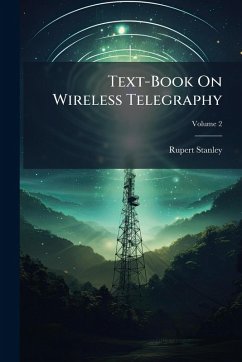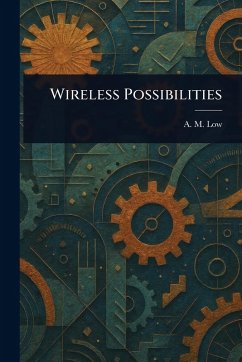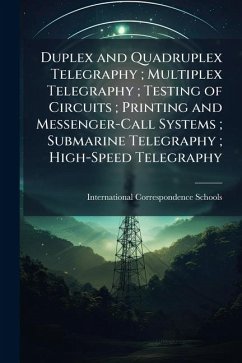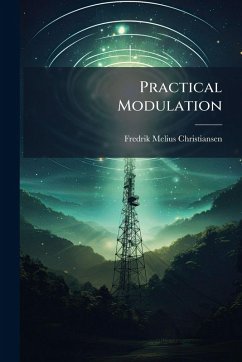
A Handbook of Wireless Telegraphy;
Versandkostenfrei!
Versandfertig in über 4 Wochen
23,99 €
inkl. MwSt.
Weitere Ausgaben:

PAYBACK Punkte
12 °P sammeln!
"A Handbook of Wireless Telegraphy" by James Erskine Murray, originally published in 1907, provides a comprehensive overview of the principles and practices of early wireless communication. This meticulously detailed handbook covers various aspects of wireless telegraphy, from the fundamental physics of electromagnetic waves to the practical application of radio technology. The book delves into the construction and operation of wireless telegraphy equipment, offering valuable insights into the technological landscape of the early 20th century. It serves as an essential resource for anyone inte...
"A Handbook of Wireless Telegraphy" by James Erskine Murray, originally published in 1907, provides a comprehensive overview of the principles and practices of early wireless communication. This meticulously detailed handbook covers various aspects of wireless telegraphy, from the fundamental physics of electromagnetic waves to the practical application of radio technology. The book delves into the construction and operation of wireless telegraphy equipment, offering valuable insights into the technological landscape of the early 20th century. It serves as an essential resource for anyone interested in the history of telecommunications, electrical engineering, or the evolution of radio technology. This enduring handbook offers a unique glimpse into a pivotal era of innovation. This work has been selected by scholars as being culturally important, and is part of the knowledge base of civilization as we know it. This work was reproduced from the original artifact, and remains as true to the original work as possible. Therefore, you will see the original copyright references, library stamps (as most of these works have been housed in our most important libraries around the world), and other notations in the work. This work is in the public domain in the United States of America, and possibly other nations. Within the United States, you may freely copy and distribute this work, as no entity (individual or corporate) has a copyright on the body of the work. As a reproduction of a historical artifact, this work may contain missing or blurred pages, poor pictures, errant marks, etc. Scholars believe, and we concur, that this work is important enough to be preserved, reproduced, and made generally available to the public. We appreciate your support of the preservation process, and thank you for being an important part of keeping this knowledge alive and relevant.












